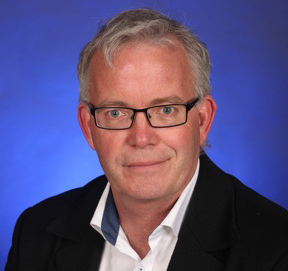
Our year of educational waiting
For those concerned about the future of education in New Zealand, this has often been a strange year of waiting for the outcomes of multiple reviews.
Rediscovering our world class learning and teaching

For those concerned about the future of education in New Zealand, this has often been a strange year of waiting for the outcomes of multiple reviews.
Schools are finding new ways to integrate arts and science into the curricula, like this Kawerau school and its student-led photography project.
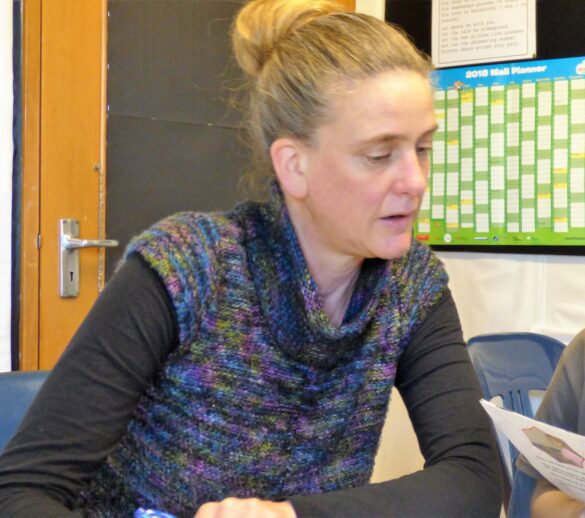
Across the country, teachers report that there are more children with high learning needs and the resources and funding to help these children are over-stretched. Education professionals talk here about how they deliver the curriculum to children with learning needs.
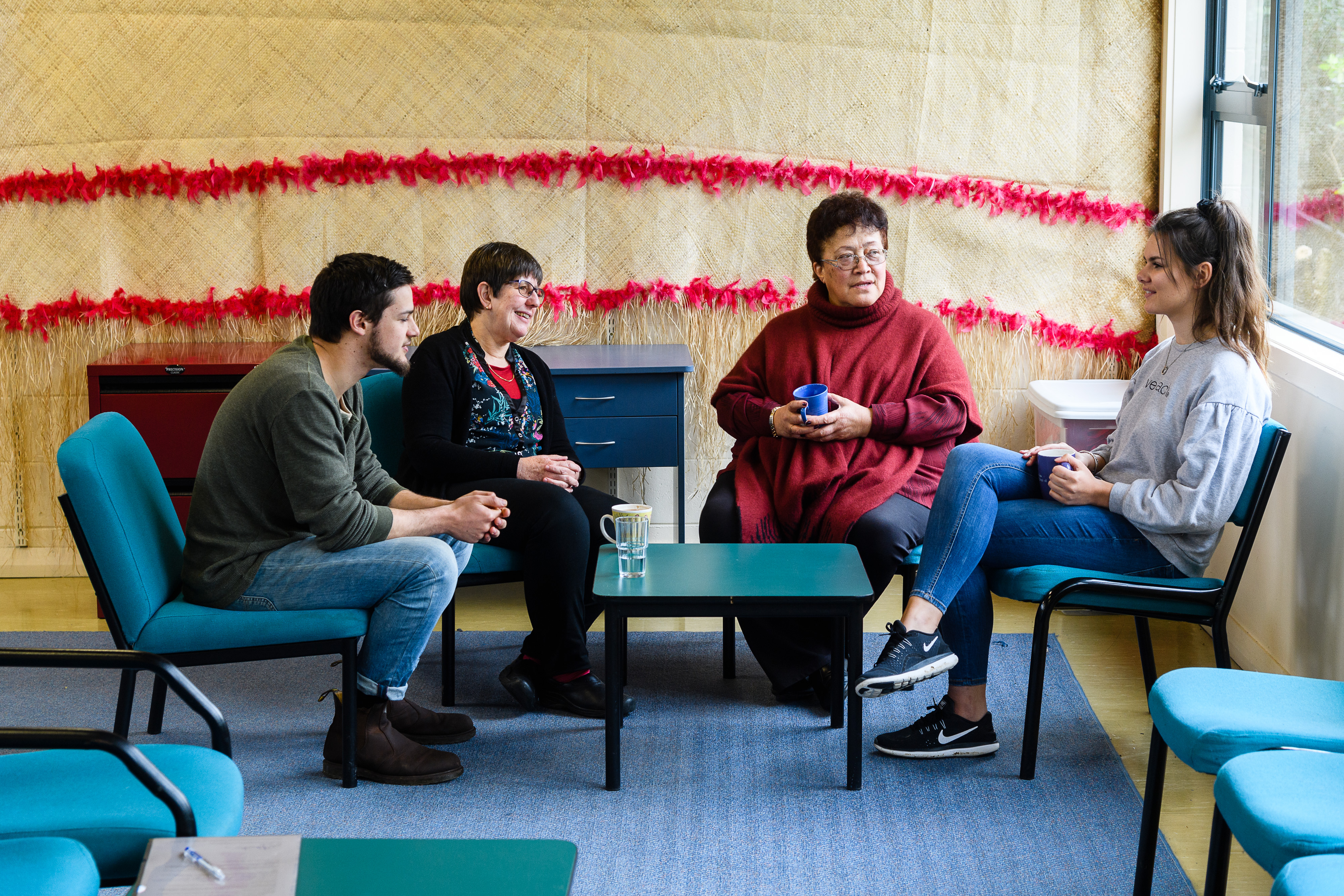
Janice Jones, deputy principal at Karori West Normal School, says the most important thing about being a truly inclusive school, in which every child thrives, is that the whole school is in the waka together.
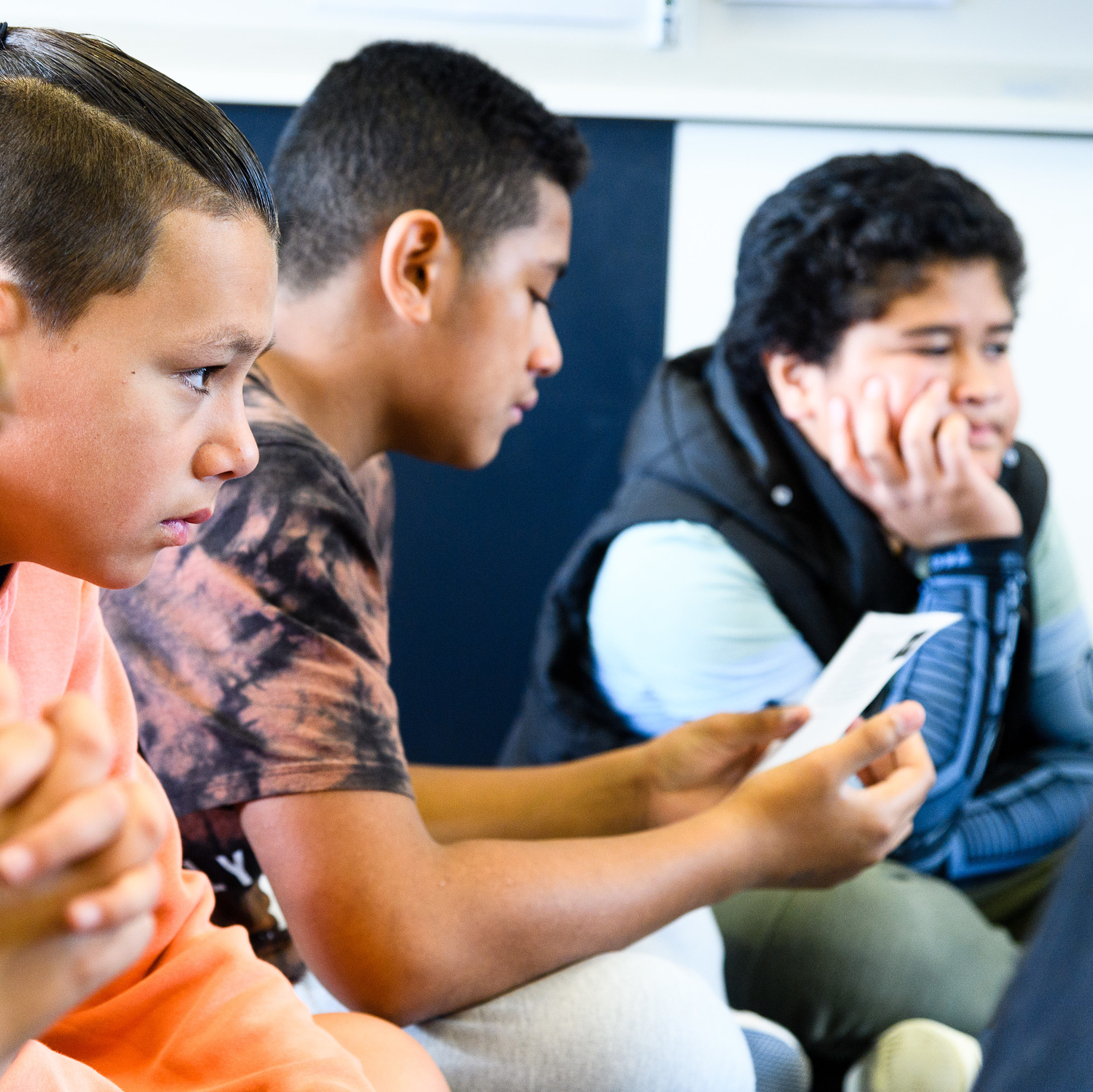
Developing Mathematical Inquiry Communities (DMIC) aims to build a sense of safety in both cultural identity and group problem solving. It is showing extraordinary progress in students.
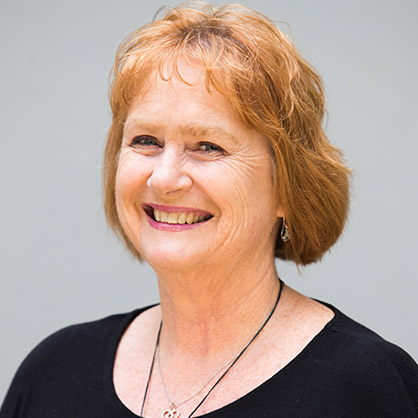
We focus on the curricula in this first issue of our new professional journal.

Schools are finding new ways to integrate arts and science into the curricula, like this Kawerau school and its student-led photography project.
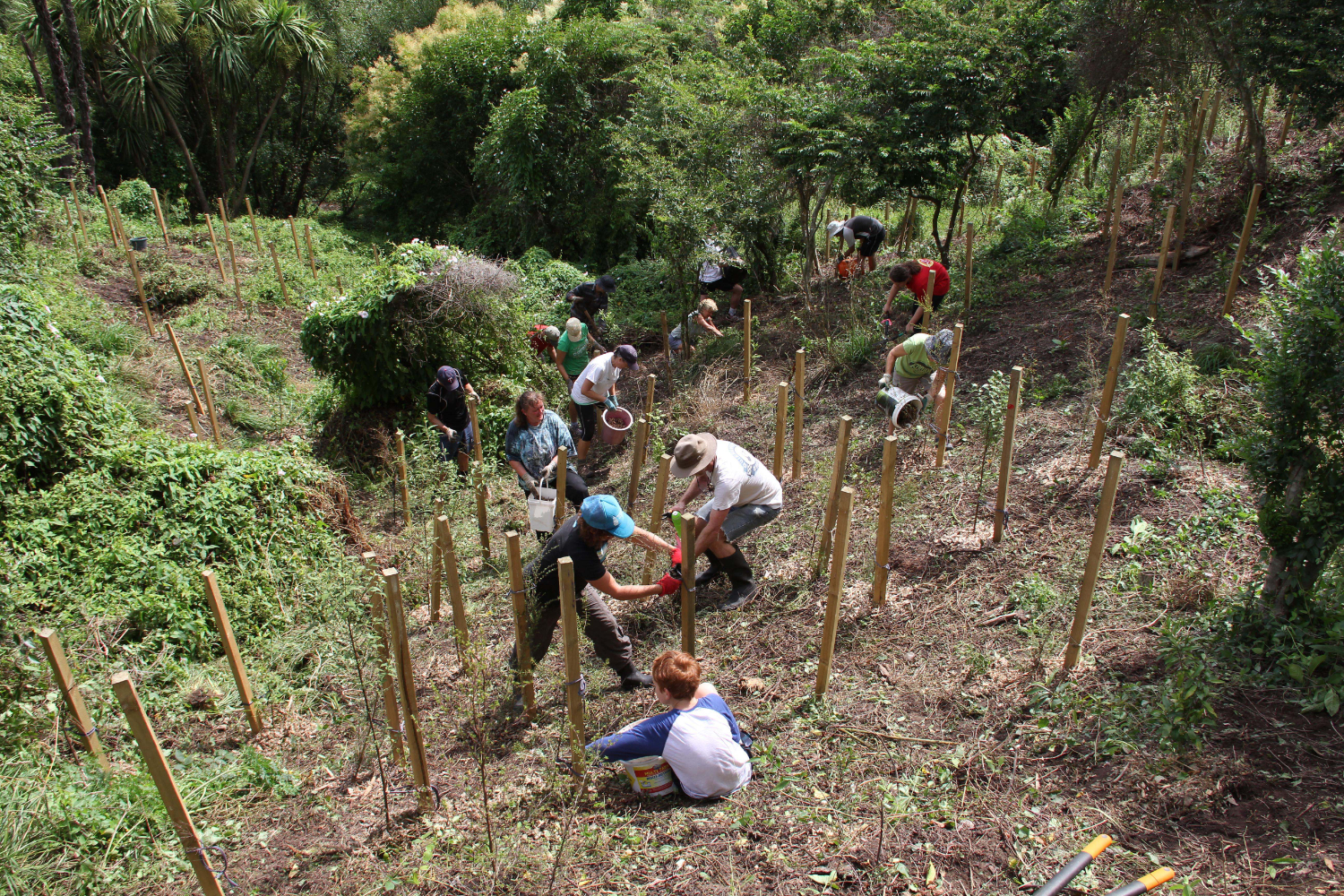
A long-forgotten and disused gully behind a high school in Hamilton has turned into a science project for schools in the area.

One of the most significant casualties of nine years of focusing on literacy and numeracy at the expense of everything else schools do, has been the arts.
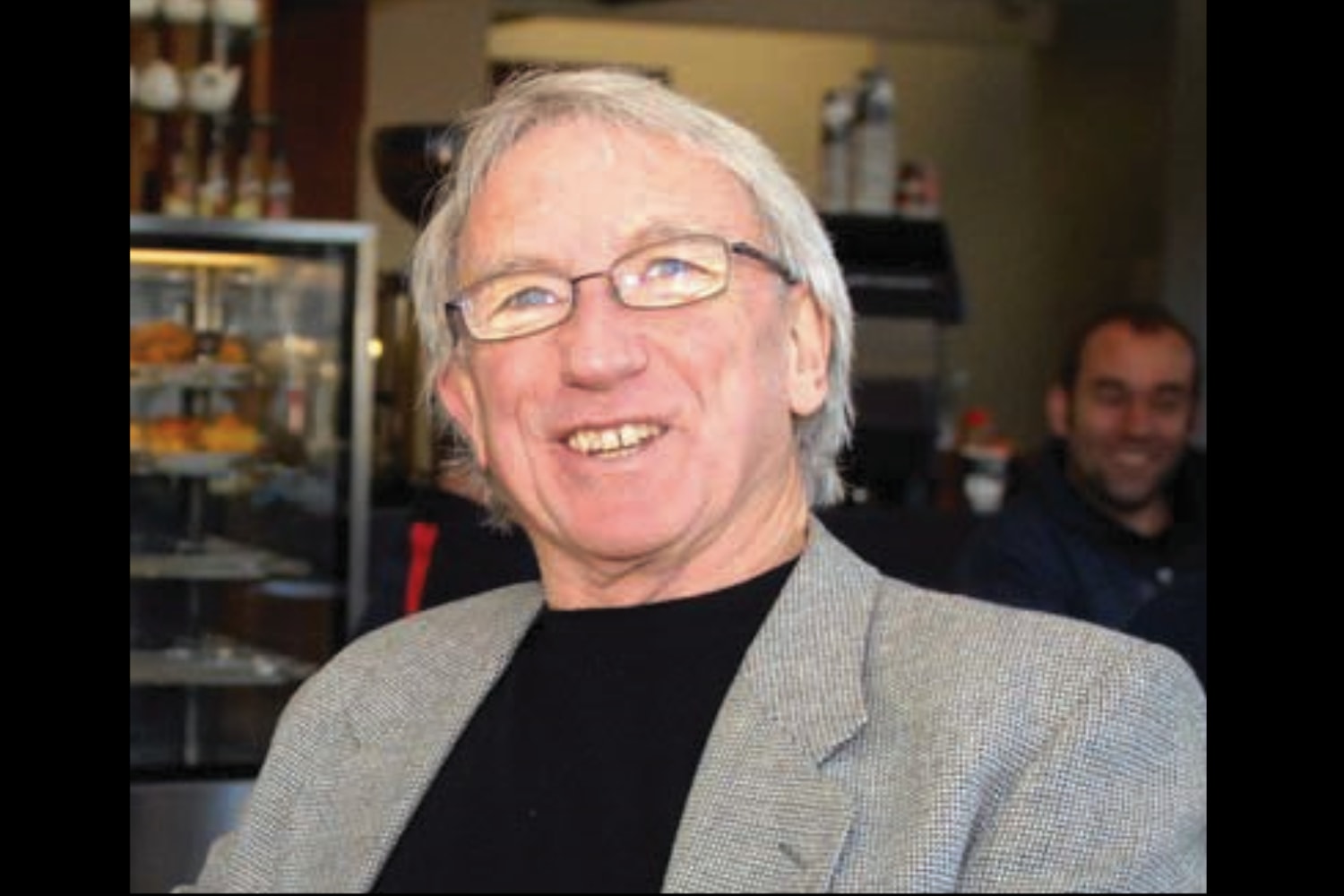
Before the changeover to Tomorrow’s Schools, the Department of Education had a curriculum development unit (CDU) that represented all areas of the curriculum.
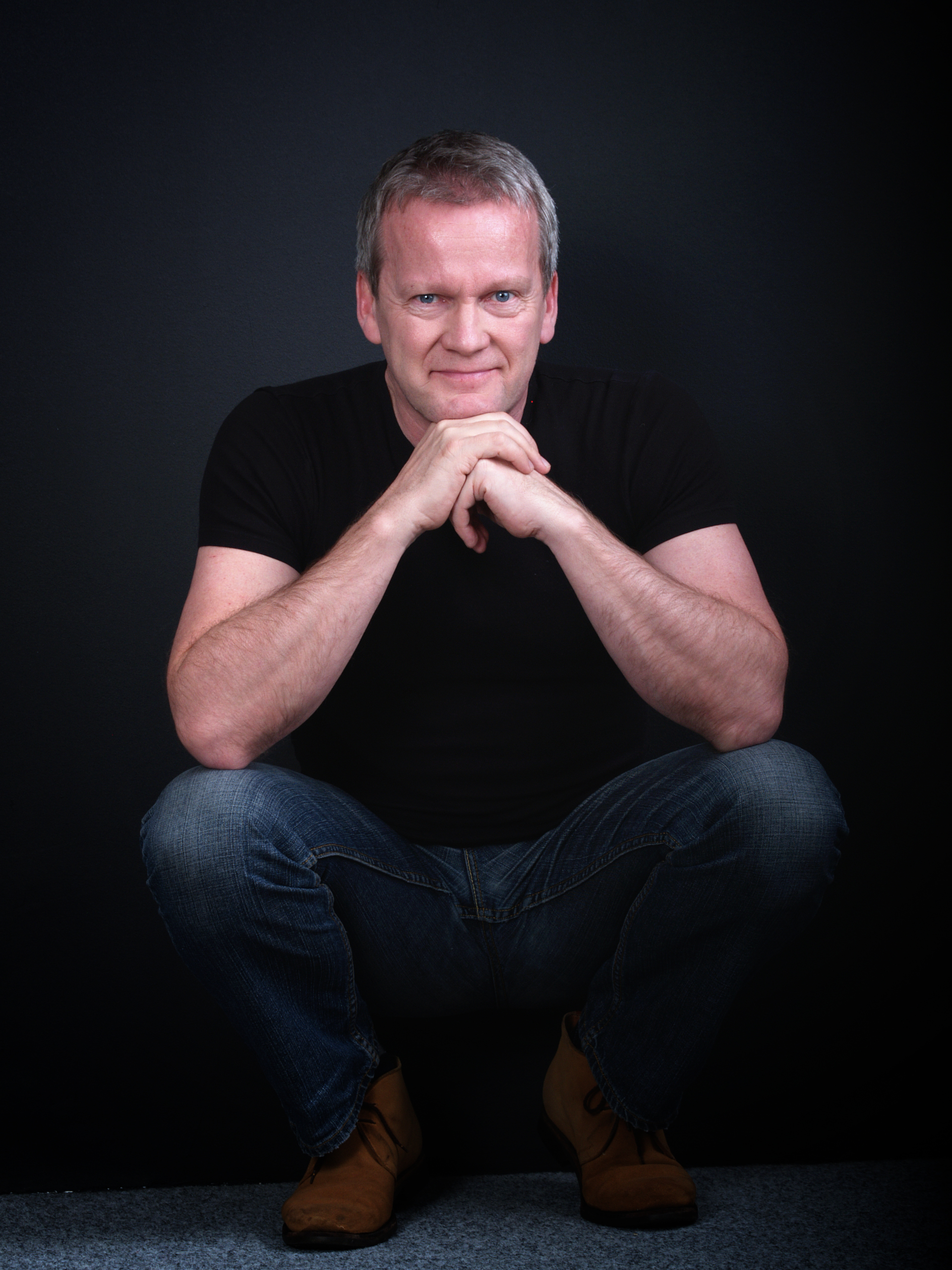
We live in exciting times. This adage is often used when nobody really seems to know what is going to happen next.

A review of Running the Country: A Look Inside New Zealand’s Government by Maria Gill.
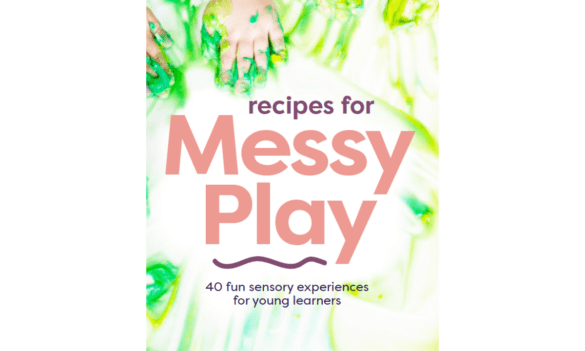
A review of Recipes for Messy Play, from New Shoots Publishing.
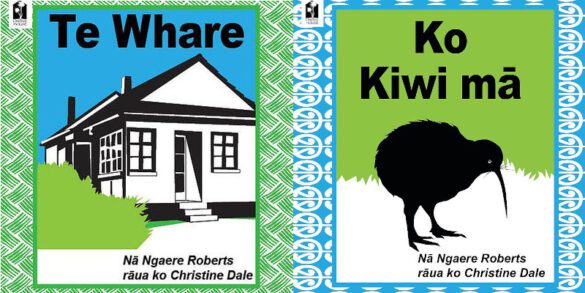
Reviews of Te Whare and Ko Kiwi Mā, two books by Ngaere Roberts and Christine Dale.
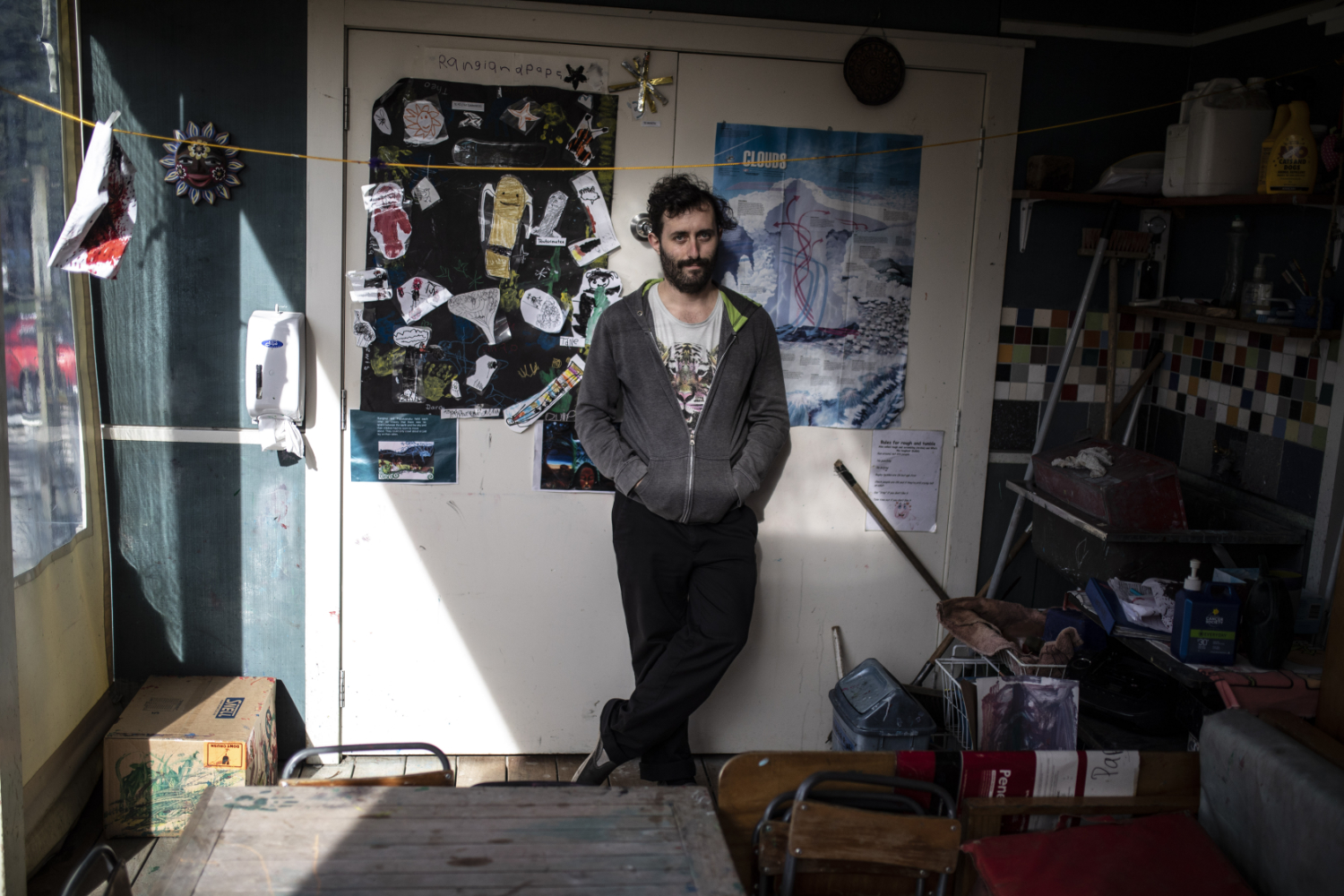
Te Whāriki is being used more in the first years of school with positive results and schools forming networks to implement ideas. Some early childhood teachers are moving to primary to take advantage of the change.
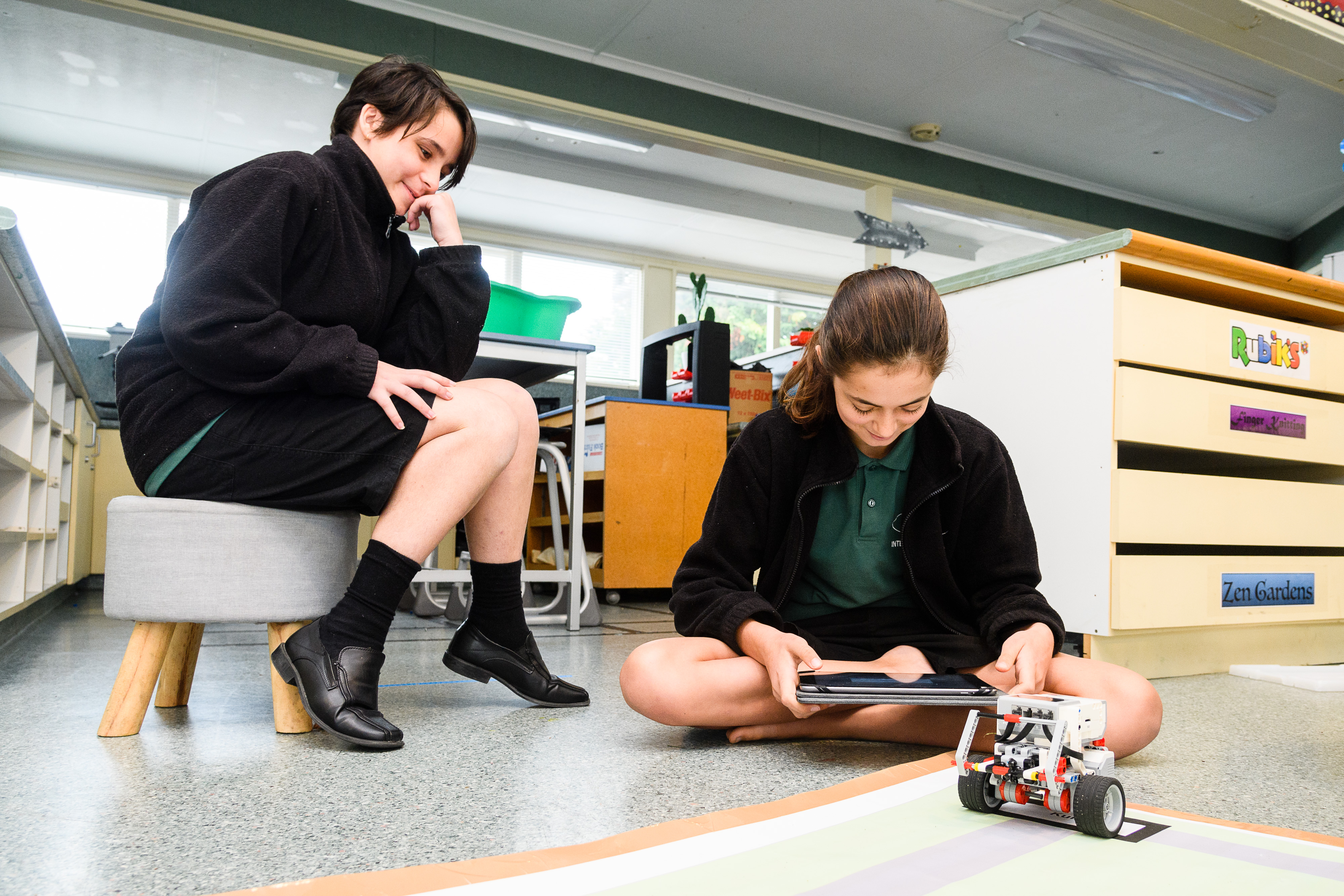
With just 18 months until schools need to implement the new Digital Technologies and Hangarau Matihiko curricula, how do educators make that transition?
Collins is a teacher at Corinna School in Porirua. She is passionate about inclusive teaching and learning practices., and is a practitioner of the Developing Mathematical Inquiry Communities (DMIC) pedagogy.
Hita Foster shares her kaupapa of Te Marautanga o Aotearoa, inspiring educators and schools to draw ideas from Te Marautanga o Aotearoa when designing their own curriculum in their areas.
Dr. Alex Gunn thinks curiously about the place and possibility of critically oriented curriculum from early childhood education me ngā Kōhanga Reo into kura and school.
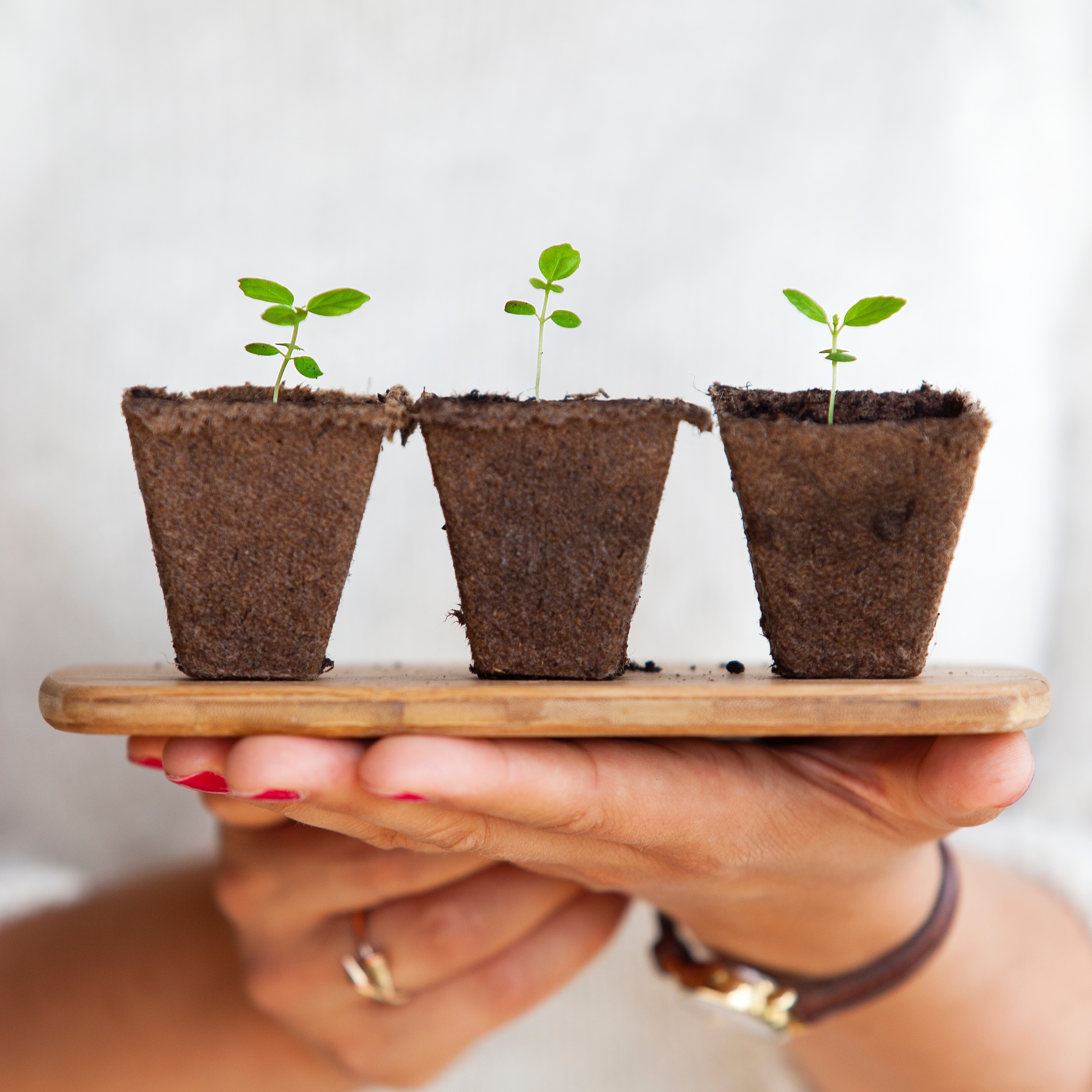
The Fairfield Project, administered by the Kukutāruhe Education Trust, is a restoration project with a difference – its vision is to develop, in the Fairfield Community (in Hamilton), an Ecological and Education Centre with a focus on all facets of environmental education and practice aimed at a sustainable future.